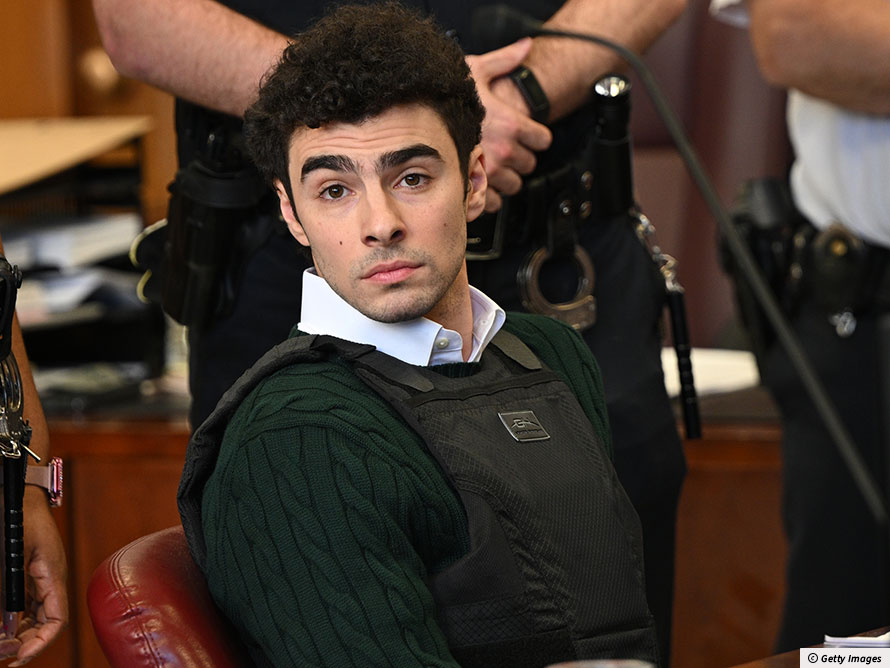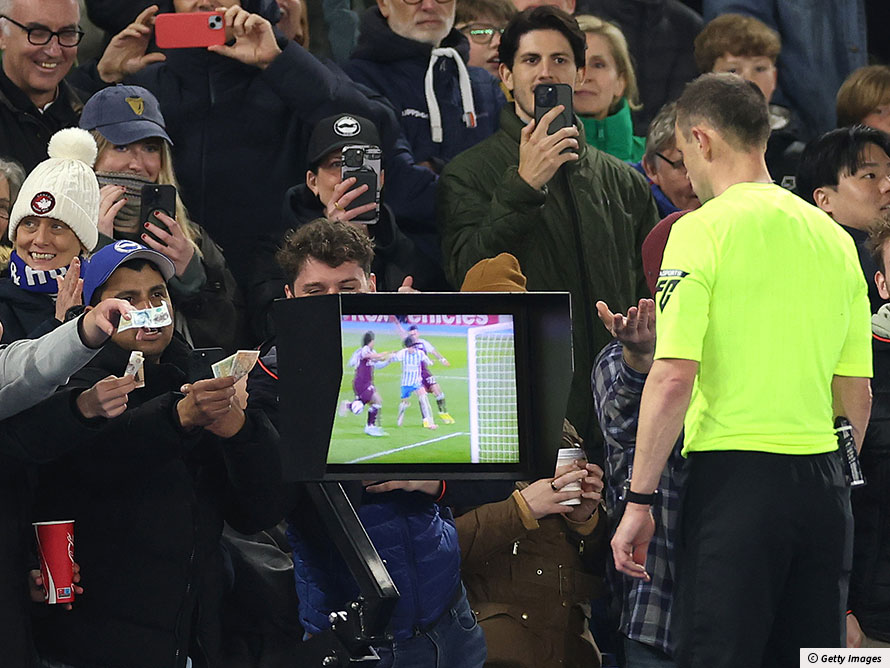At a recent court appearance for alleged killer Luigi Mangione, hundreds of supporters stood outside chanting his name. Aranyaka Sahney, 15, from Chatsworth International School, says it is a sinister society that turns criminals into heroes.
Nothing says justice like turning a killer into the internet’s heartthrob. How did we arrive at a place where those who take lives in cold blood are elevated to objects of desire?
This disturbing trend is not merely a by-product of innatePresent naturally. morbid curiosity, but a result of how media and social platforms blur reality and fiction, sensationalising these individuals. The faces of killers, once symbols of fear and infamyBeing well known for something bad. , are now romanticised in slow-motion edits with sultry music, adorned with captions. “He’s so misunderstood”. Over 70% of Americans consume true crime, reinforcing this unhealthy fascination. Meanwhile, the real issues are overshadowed by viral montages and fan tributes; dehumanising the victims. These unsettling portrayals redirect attention from victims to their murderers, reframing them as antiheroes rather than perpetrators.
It is disconcerting how a single ‘positive’ attribute, whether physical allure, or charisma, can eclipse even the gravest moral transgressionsAn act that tests the limits of what is morally or socially acceptable. Pop music has a long history of pushing against such limits.. This cognitive biasThoughts and beliefs that are not supported by evidence and facts., the halo effect, prompts us to generalise a person’s perceived virtue from one favourable trait; clouding our judgment and glossing over facts. In the realm of true crime, this distortion becomes imperativeOf vital importance, or an urgent thing. . Are we that shallow? Are good looks and charms now considered a determiner of morality?
The halo effect operates on a deeper psychological level, rooted in our discomfort with cognitive dissonanceThe discomfort a person feels when their actions do not match up to their values. ; a puzzle with missing pieces. To connect the gap between the likeable traits of an individual and their abhorrent actions, we prioritise the former, crafting narratives just to temper accountability. This distortion is most evident in media portrayals of criminals, where the lines between fact and fiction blur.
Take Luigi Mangione, the 26-year-old alleged killer of a US health insurance boss. His case has gained widespread attention not for the severity of his crimes, but for Mangione’s sympathetic media portrayal, overshadowing the real horror of his supposed actions. This new media raises concerns because it minimises the gravity of the case, and persuades large audiences to view him in a glorified light. They frame killers as enigmaticMysterious or difficult to understand. figures burdened by tragic circumstances, even if the perpetrator is an Ivy LeagueA group of eight American universities, that are considered the most sought-after US universities. -graduate with family-inherited fortune — and even though they are accused of premeditatedThought about and planned beforehand. murder.
Through carefully curated imagery and dramatised portrayals, these individuals are reimagined, not as perpetrators, but complex antiheroes, effectively diminishing the gravity of their actions. We are drawn to the thrill and suspense that comes from exploring the minds of these dangerous individuals from a safe distance. In the same breath that we wail for the victims, we squeal “free my man” at montages of coldblooded killers. How devolved are we as a society to put killers on a pedestal? Why do we make exceptions for people, especially in these heinousUtterly wicked or evil. matters? Presenting killers like this with the over-the-top charm factor is much like serving up apple pie with a side of poison, an iconic American image twisted into something far more sinister.
Interested in submitting your own Student Voices article or video? Find out more here.
Keywords
Innate – Present naturally.
Infamy – Being well known for something bad.
Transgressions – An act that tests the limits of what is morally or socially acceptable. Pop music has a long history of pushing against such limits.
Cognitive bias – Thoughts and beliefs that are not supported by evidence and facts.
Imperative – Of vital importance, or an urgent thing.
Cognitive dissonance – The discomfort a person feels when their actions do not match up to their values.
Enigmatic – Mysterious or difficult to understand.
Ivy League – A group of eight American universities, that are considered the most sought-after US universities.
Premeditated – Thought about and planned beforehand.
Heinous – Utterly wicked or evil.
Cite
While every effort has been made to follow citation style rules, there may be some discrepancies. Please refer to the appropriate style manual or other sources if you have any questions.














